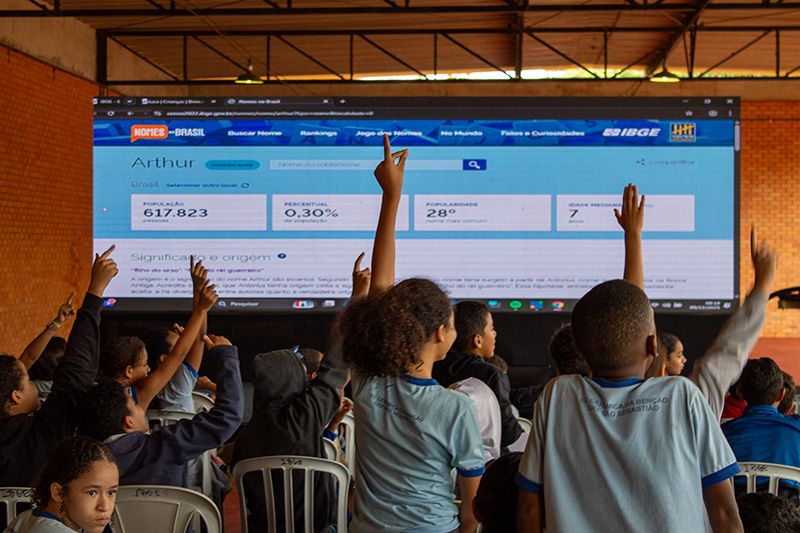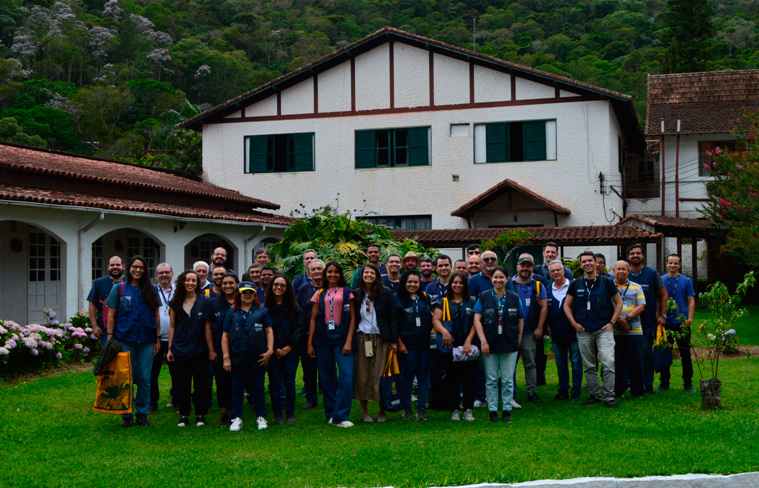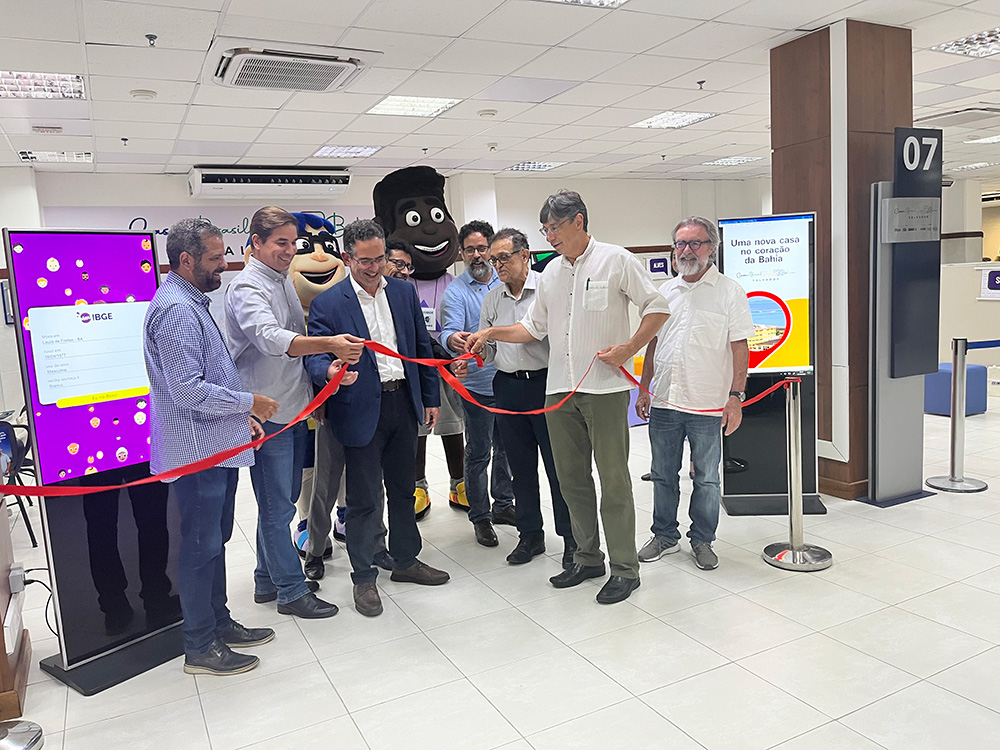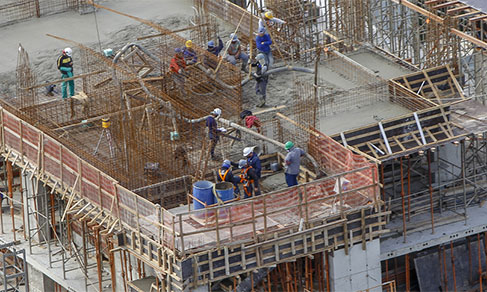PAS
Services sector generates more than 200 thousand jobs in 2019
August 25, 2021 10h00 AM | Last Updated: September 02, 2021 02h26 PM
Highlights
- Services sector had 1.4 million enterprises and 12.8 million employed persons in 2019.
- The net operating revenue reached R$ 1.8 trillion of gross value added and payment of 376.3 billion in salaries, withdrawals and other compensation.
- The segment of information and communication services was the only of the seven major segments analyzed that lost contribution, 5.6 percentage points (pp), in the generation of net operating revenue, due to the decrease of 6.1 pp in the telecommunication sector.
- In ten years, there was a reduction in the gross revenue concentration among the major regions of the country, with a highlight to the Southeast (63.9%), which lost participation to the South (15.5%).
- Between 2010 ans 2019, the average number of employed persons presented decrease, from 11 to nine persons.
- The Southeast Region also had reduction of 3.7 pp in the last ten years in the participation of employed persons, to 56.6%. This reduction was counterbalanced by the 1.7 pp in the Northeast Region, which came to concentrate, respectively, 17.5 and 15.0% of the labor force in 2019.

The number of employed persons in the services sector increased 2.1% in 2019, totaling 12.8 million persons 269.9 thousand more persons than in 2018. Despite the increase of jobs, the sector presented decrease of 1.2% in relation to the 2014 level, when it employed 13.0 million workers. The data are from the Annual Survey of Services (PAS) 2015 released today by the IBGE.
In 2019, the last pre-pandemic year, the services sector presented a growth of 1.6% in the number of enterprises. As a whole, 1.4 million enterprises worked in the sector, in 2019, generating a net operating revenue of R$ 1.8 trillion, with R$ 1.1 trillion of the gross value added. These enterprises payed R$ 376.3 billion in salaries, withdrawals and other compensation.
The participation of the leading segment - transportation, support services to transportation and mailing - in the net revenue fell to 29.0% in relation to 2018. In the second position was professional, administrative and complementary services (27.0%). Next came information and communication services (21.8%), services rendered mainly to families (6.5%), real estate activities (2.4%) and maintenance and repair services (1.6%).
“The main highlight is the decrease in the contribution of Information and Communication, which in 2010 was the second biggest in the segment, with 27.4% in revenue generation, and list 5.6 percentage points. going to the third position with 21.8%. It was the only of the seven major segments surveyed that lost contribution due to the decrease of 6.1 pp pf the telecommunications sector. One of the factors might have been the technology evolution of the revenues of some services as text messages (texting services). On the other hand, also in the sector of information and communication, the information technology area is the one that grows the most”, highlights PAS analyst, Mr. Marcelo Miranda.
Mr. Miranda reinforces that all the other six segments surveyed gained participation, with a highlight to professional, administrative and complementary services, which left the third position to reach out for the second one in terms of generation of net operating revenue, with 27%.
“Among the 34 activities, the one that generates more revenue all over the services sector is that of cargo transportation - the segment of transportation, support services to transportation and mailing - with 11% of contribution. IN terms of employed persons, the activity that most generate job positions is food services in the segment od services rendered mainly to families. Although it pays the lowest salary (1.5 minimum wages)”. completes Mr. Miranda.
The Southeast Region, leveraged mostly by São Paulo, Rio de Janeiro and Minas Gerais, remained as the main region of the country in revenue, employed persons, salaries and number of enterprises. But it has been losing contribution in all those variables. In 2010, the contribution to the gross revenue was of 66.3% and in 2019, the figure fell to 63.9%. The regions that gained contribution were South, from 14.2% to 15.5%, a gain of 1.3 pp and Central-West, which gained 1.0 pp, from 6.7% to 7.7%. The Northeast had a light growth of 10.1% to 10.2%. Just the North region did not grow in contribution.
“In relation to the Federation Units, the state of São Paulo is still the biggest revenue generator (42.9%). Rio de Janeiro is the state that most loses contribution of revenue, falling from 14.0% to 11.7% in ten years. Conversely, Paraná, with a 0.4 pp gain, has overcome Rio Grande do Sul, but both states with very similar figures, fighting fir the fourth and fifth position over the last ten years. Another highlight is Santa Catarina, one of the states that most grew in revenue contribution, 0.9 pp, surpassing Bahia in the sixth position”, highlights Mr. Miranda.
In ten years, there has been a drop in the average monthly salary payed by the sector in all regions, with retreat of 2.5 minimum wages in 2010 to 2,3 minimum wages in 2019. The Southeast Region continues to be the one paying the highest average salary (2.5 mw) and the Northeast region, the lowest (1.7 mw).
Information and communication services (4.5 mw), other service activities (3.0 mw) and transportation, support services to transportation and mailing (2.8 mw) keep paying salaries above the sector’s average in 2019. Despite the falling trend of most activities, some represented a small positive change in the average payment in comparison with 2010, as services rendered mainly to families (1.5 mw) and other services activities (3.0 mw).




















